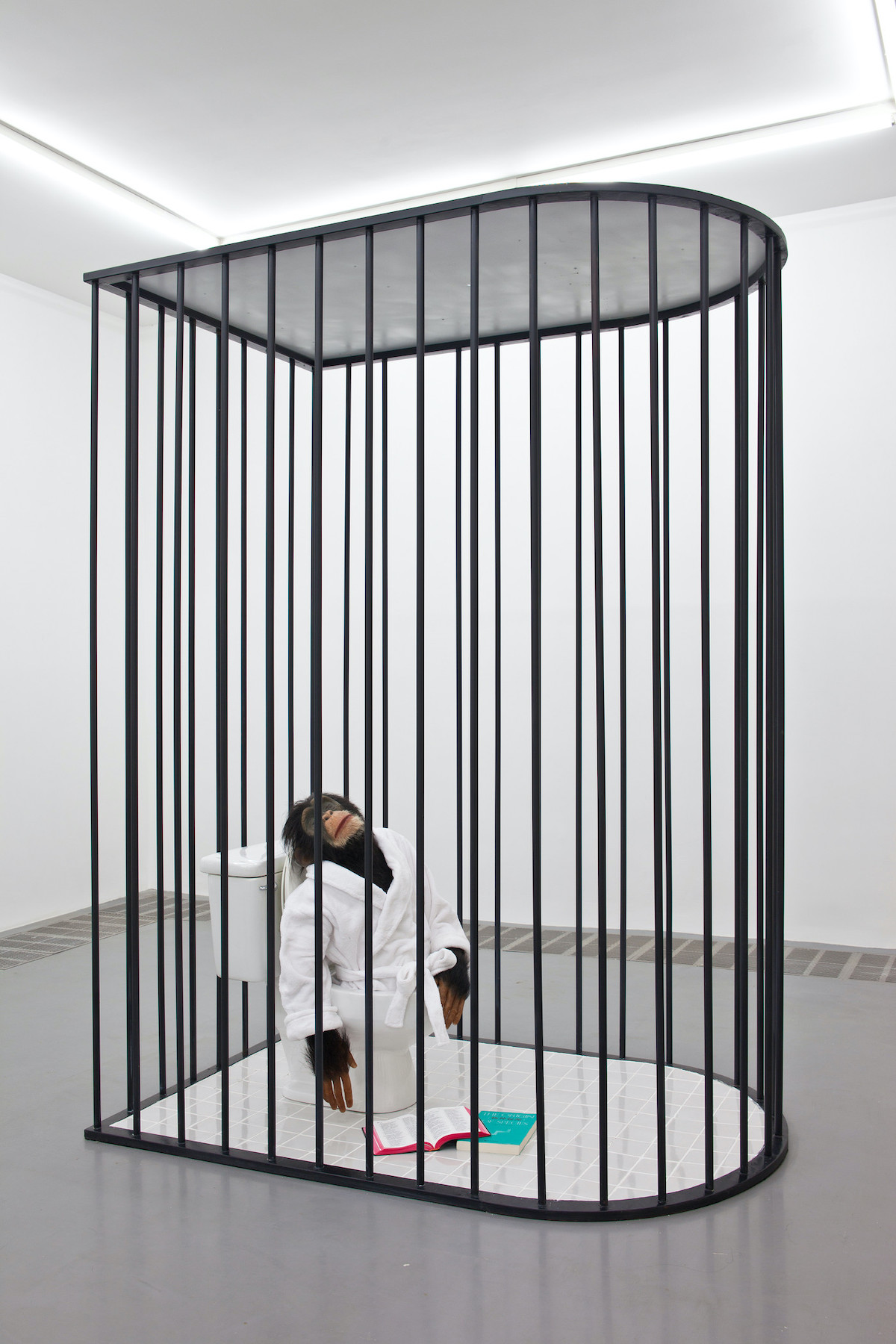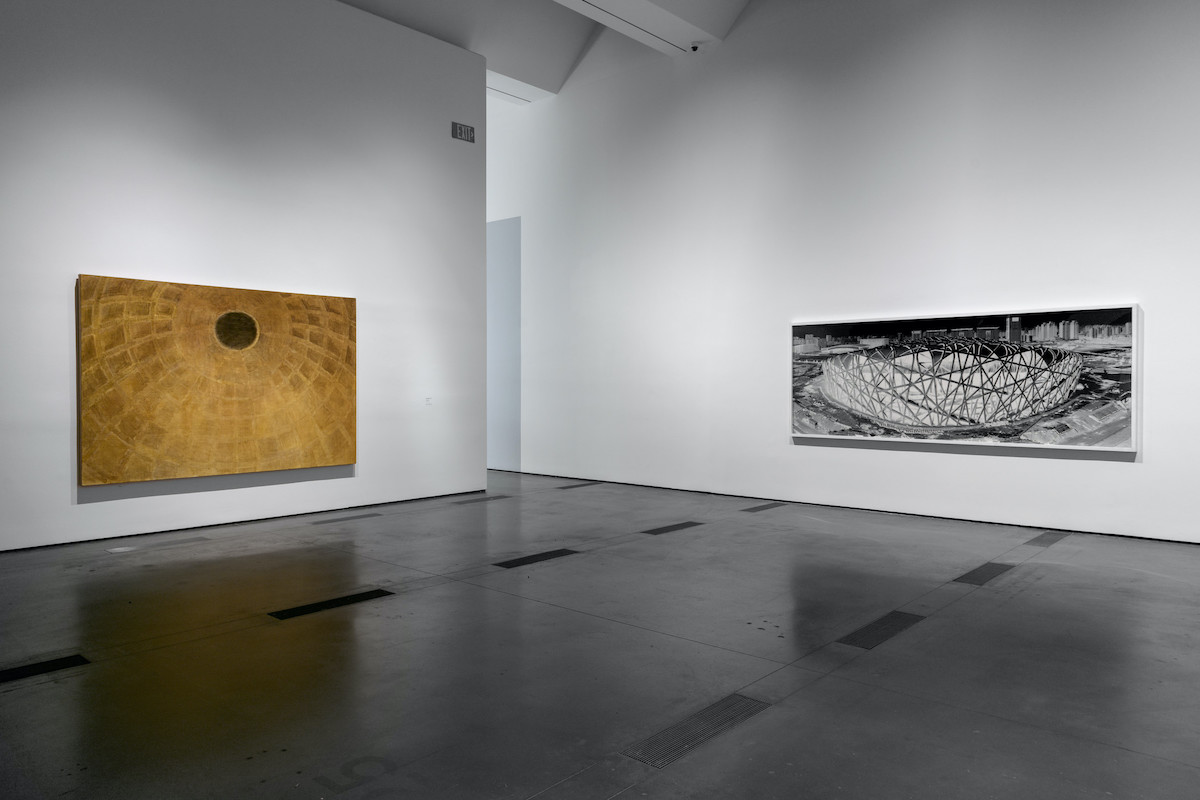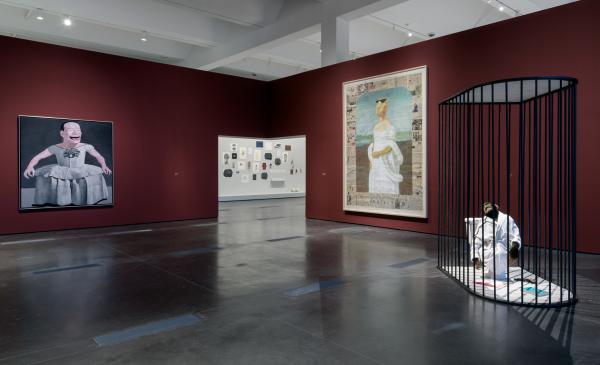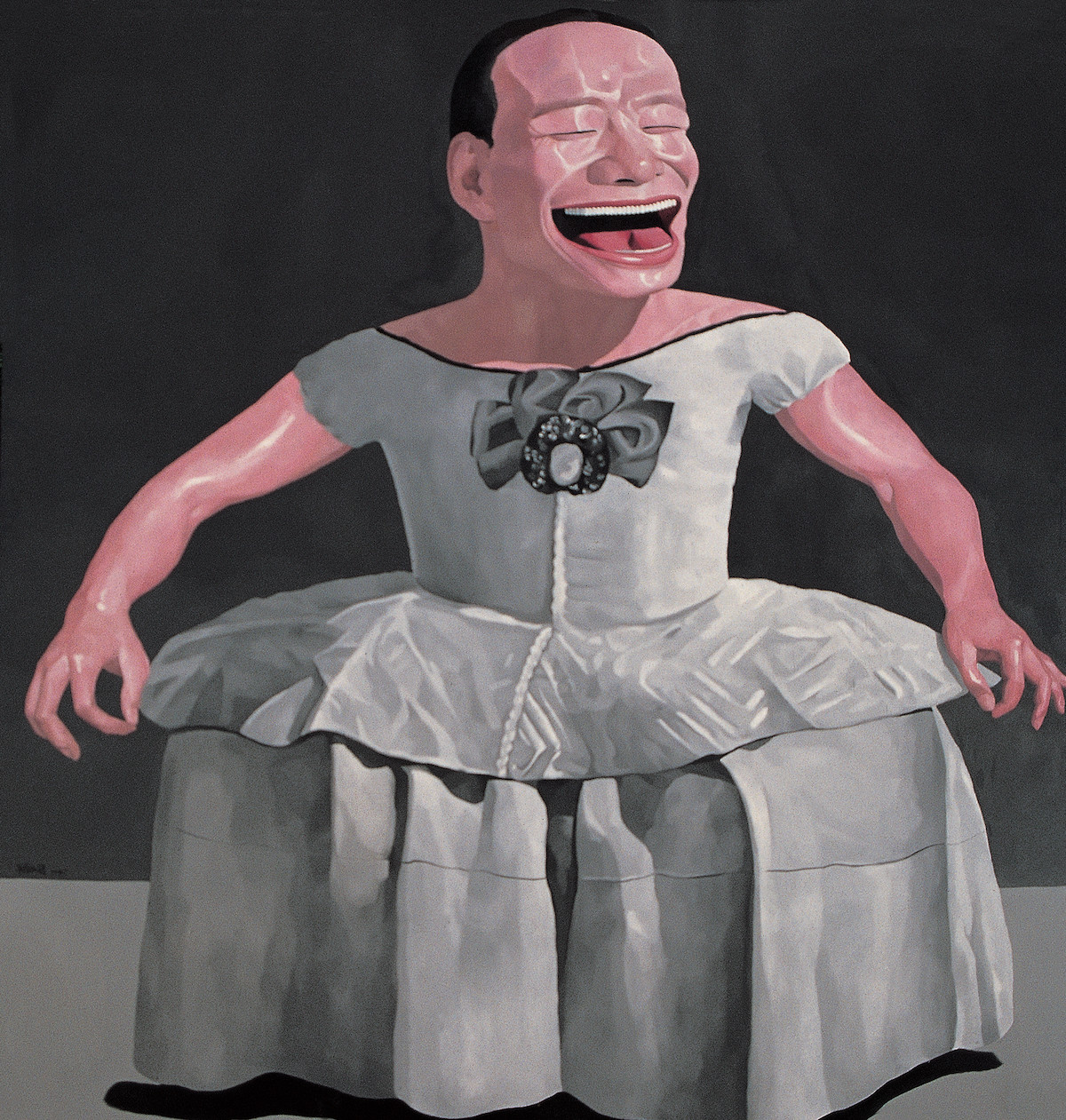In the spirit of an ongoing legacy of cultural exchange between China and the West, LACMA has partnered with the Yuz Foundation in Shanghai to curate collaborative exhibitions and to share access to the museums' diverse collections of artworks. Legacies of Exchange is a celebration of this partnership, and the first major showcase of works from the Yuz Foundation Collection in Los Angeles. The exhibition centers around encounters, exchanges, and collisions between East and West by bringing together works of Chinese contemporary art created in response to global capitalism, international political conflict, and the Western art historical canon.
China has a rich history of material, intellectual, and cultural exchange. Beginning in the second century BCE, the “Silk Road”—a loose collection of trade routes—was famed for transporting the most luxurious goods of its time acroos Eurasia and the outside world. These routes allowed for the communication of new technologies and resouces, but equally made way for destructive forces. They served not only as transportation routes for goods such as silks, gold, and porcelain, but also as pathways to war and imperialism, contributing to a multifaceted legacy of exchange with China that has been centuries in the making.
Read on to explore artwork highlights from the exhibition.

Circle of Animals/Zodiac Heads, 2011
Ai Weiwei
Ai Weiwei here reinterprets a set of water spouts that once decorated a fountain water-clock in Beijing's lavish Yuanmingyuan (Old Summer Palace). The water spouts, which were designed by Jesuit missionaries in the 18th century, told time by spouting water in shi, a traditional Chinese unit of time representing one twelfth of a day, equivalent to two hours. They depicted the twelve animals of the Chinese zodiac, each of which is assigned to years, months, weeks, days, and one shi.
Yuanmingyuan was plundered and destroyed in 1860 by French and British forces during the Second Opium War. When three of the fountainheads resurfaced at an auction in 2000, they became a national symbol of cultural heritage that had been lost to Western imperialism. Their recent highly politicized status fuels their value in the art market and fervent calls for repatriation.

The Doubter, 2010
Qiu Anxiong
Qiu Anxiong's The Doubter replaces the subject of Jacques-Louis David's The Death of Marat (1793) with a synthetic chimpanzee, which lies limp in a bathroom-cage with a (fake) gun on the tile floor. Qiu uses this chimpanzee as a stand-in for humankind, reflecting upon the cost of revolution through reference to the Age of Enlightenment and the death toll of the French Revolution. The two books in front of the chimpanzee are a Chinese copy of the bible and an English copy of Charles Darwin's On the Origin of Species.

Pantheon, 2014
Shi Zhiying
Like the Great Pyramids in Giza or the Temple of Heaven in Beijing, Rome's Pantheon was not intended for ordinary people. In a series of oil paintings, Shi Zhiying compares the architecture of sacred sites she has visited around the globe, often highlighting repeated forms found within each monument. Though created for different deities, spanning distant cultures and time periods, these spaces each demonstrate a desire to connect with a greater force through architecture.
Infanta, 1997
Yue Minjun
Yue Minjun's self-portrait—an uncanny, pink figure who is always shown to be laughing—was inspired by the student demonstrations and massacre at Tiananmen Square in 1989, and has pervaded much of Yue's career since the 1990s. His recreations of historical paintings present a sardonic take on the Western art canon. Dubbed “Cynical Realism” by art critic Li Xianting, Yue's work parodies the Socialist Realism style promoted by the Chinese Communist Party from the 1940s to the end of the Cultural Revolution.

Dan Xian: The Doomsday, 1997
Huang Yong Ping
These oversized tea bowls appear at first to bear the motifs of historical Chinese porcelains. The designs, however, are actually drawn from ceramics of the British East India Company, an exploitative trading company—and opium trafficker—that colonized parts of South, East, and Southeast Asia from the 17th through 19th centuries. Though they emulate traditional Chinese styles, the motifs on the bowls depict the flags of a number of European colonial powers, as well as storehouses that held European and American imports during the British occupation of Hong Kong (1842–1997). Imported Western food items fill the tea bowls, each product marked with an expiration date of July 1, 1997—the very day that the sovereignty of Hong Kong was transferred back to China.
The exhibition Legacies of Exchange: Chinese Contemporary Art from the Yuz Foundation is now on view at LACMA through March 13, 2022.




